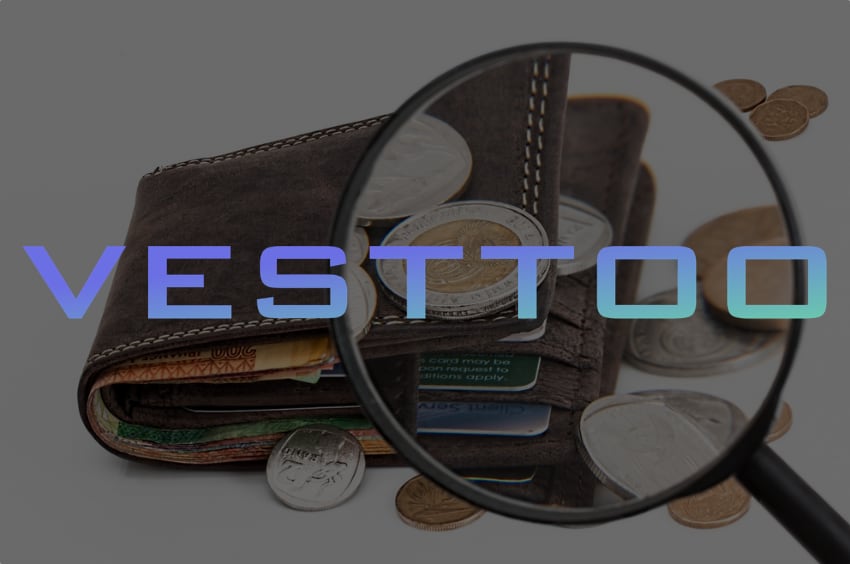Vesttoo pursues asset sale, saying “the problem was not the technology”

As we reported over a week ago, Vesttoo, the insurtech at the centre of an international reinsurance letter of credit (LOC) fraud investigation, is trying to sell off assets of the firm, to realise value it believes is inherent in the business.
In a new filing in the Chapter 11 bankruptcy case, Vesttoo’s interim CEO Ami Barlev states that creditors seeking a rapid liquidation of the insurtech are not recognising the value that had been created in the firm’s artificial intelligence and machine learning technology.
The Official Committee of Unsecured Creditors in the Vesttoo bankruptcy case had objected strongly to the insurtech’s plans to attempt to trade forward.
Vesttoo then said it needed time to deliver what it believes could be a “value-maximizing transaction,” while also accusing the creditor committee of undermining its attempts to sell some of its assets in a display of brinkmanship.
It’s also worth recalling that, as we reported earlier this week, a filing by the US Trustee assigned to the bankruptcy case has called for the Chapter 11 bankruptcy case to be converted to Chapter 7, which would also speed a liquidation of Vesttoo.
Vesttoo continues to seek the time to deliver a transaction that can produce value from the technological assets it has created over its history.
In the filing to the bankruptcy court from yesterday, Vesttoo (the debtors) states, “The Debtors are not seeking to “create” a new business but are instead seeking to monetize the valuable technology that its indispensable team of data scientists and engineers created.”
While the insurtech had been hoping to create a reorganisation and trade forward plan, that has now been scaled back and Vesttoo says it is now “seeking a quick, private sale to try to maximize value.”
The company says “there are interested parties,” in buying some of its assets, but that “those parties are investment funds that have processes for making investments that take time.”
“Thus, while all are moving expeditiously, to maximize value, the Debtors need that time to focus on a sale without the disruption of the Committee’s intimidating discovery and effort to disparage the value proposition,” Vesttoo’s filing states.
The insurtech asks for the bankruptcy court to give it to the original December 1st date to finalise a transaction, where as the creditors had asked for the exclusivity to seek an arrangement to be cancelled and for liquidation to begin.
In a new deposition, interim CEO of Vesttoo Ami Barlev said, “It seems the Committee has taken no effort to examine the Debtors’ technology or understand that the algorithm and computer learning asset created over the last three years has value.”
Barlev also said the Committee has failed to recognise that, “The problem was not the technology or lack of value inherent in that technology but that once a legitimate reinsurance transaction was generated using the Debtors’ artificial intelligence mechanism, the problem was the fraudulent LOC provided to back that otherwise legitimate transaction.”
Adding, “The underlying technology and associated algorithm continue to have value when paired with the data science team Vesttoo has assembled to continue its development.”
Interestingly, Barlev also says that the creditors have an inaccurate picture of the cash status of Vesttoo, saying, “I understand that, as of October 31, 2023, the Debtors’ total current cash position is approximately $57 million: Vesttoo Ltd. is holding cash of approximately $22.3 million, the Israeli limited partnership Debtors (the Vesttoo Bay LPs) hold cash of approximately $33.5 million, and the remaining Debtors hold cash of approximately $1.2 million.”
Which is a significant sum and perhaps this goes some way towards explaining why creditors to Vesttoo’s bankruptcy are so keen to speed a resolution, as there appears a large amount of funds potentially available to fund some recoveries.
The source of the above capital, whether it represents pure revenue or profit earned by Vesttoo, or financing put into reinsurance deals by counterparties as premium, is also not immediately clear. Either way though, it’s clear there is cash in the Vesttoo business, that could be used to fund its continued pursuit of a transaction.
Barlev noted thought that the cash burn rate of Vesttoo is only estimated to be $2.5 million for operating expenditures and compensation plus $5.3 million for costs associated with bankruptcy professionals, on a monthly basis, on which the interim CEO said, “I expect the Debtors’ actual cash burn will be significantly less than such aggressive forecast.”
Of course, the pursuit of a transaction needs to be undertaken in order to generate even more value for creditors, so it will be critical for the forecast valuation of any asset sale to be understood by all parties quickly.
Barlev said that, on the asset sale, Vesttoo has, “strong indications of interest from several parties,” adding that any asset sale deal entered into would likely see “the purchaser into a transition services agreement with the Debtors’ employees until the closing, which would take the employee-related expenses off the Debtors’ books,” another benefit to reduce the cash burn of the insurtech.
“I am hopeful that the Debtors will have a signed term sheet or letter of intent in hand in the coming days. However, this unnecessary litigation has hampered our efforts,” Barlev said.
If the court gives Vesttoo the time, by denying the committee’s motion to terminate the period of exclusivity, Barlev said, “The Debtors intend to continue to pursue a sale process for its valuable assets to an entity that can also take on its employees.”
Adding, “In the long run, this should save the Debtors’ estates money. And, as stated, the Debtors do plan on pursuing a liquidating plan simultaneous with this sale process in the hopes of working with the Committee to file a plan on or shortly after December 1, 2023.”
Read all of our coverage of the alleged fraudulent or forged letter-of-credit (LOC) collateral linked to Vesttoo deals.






